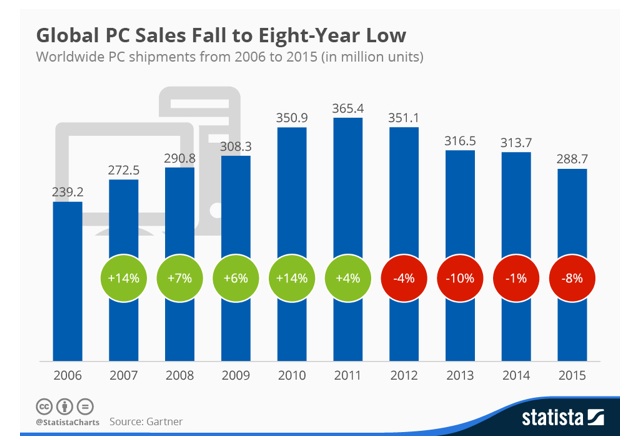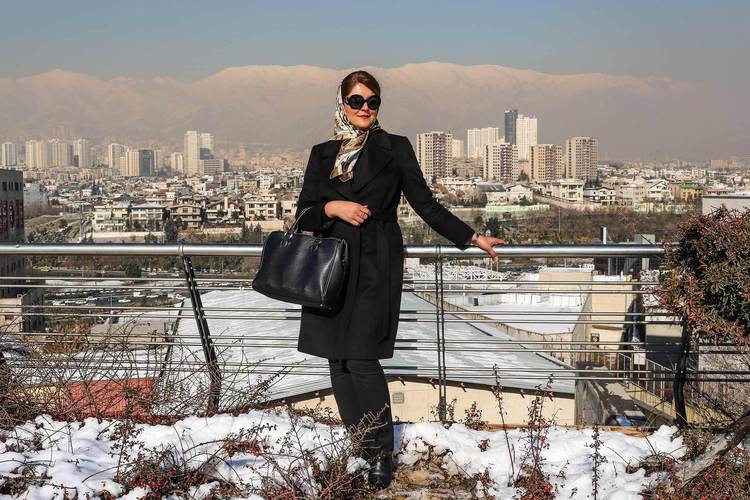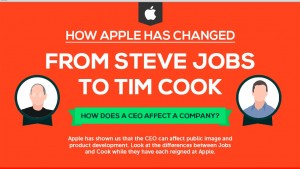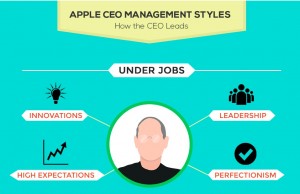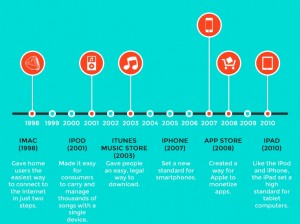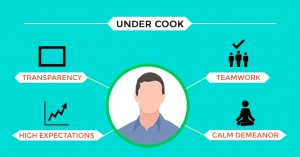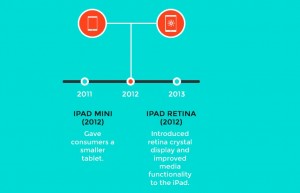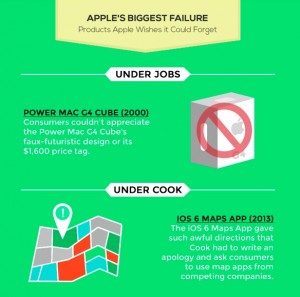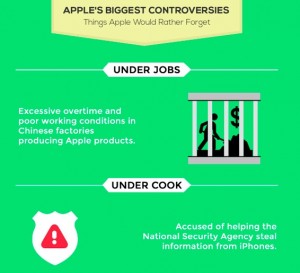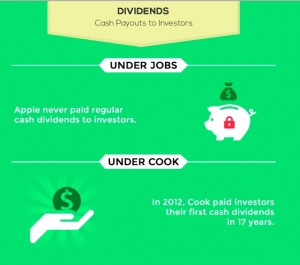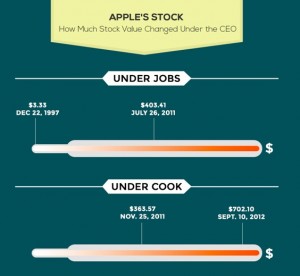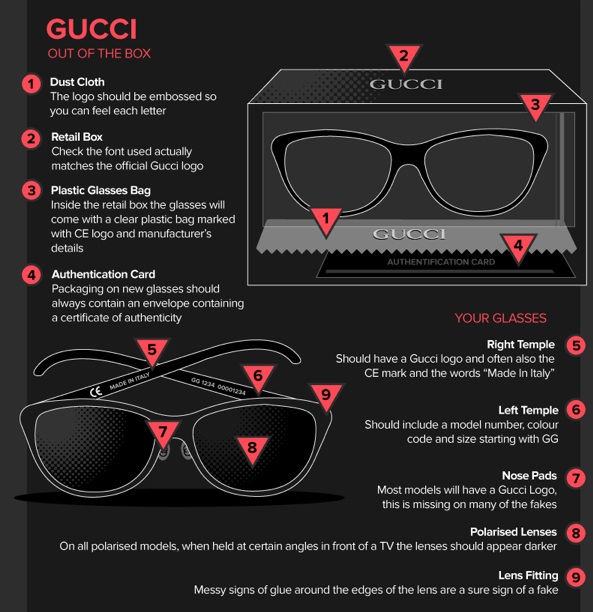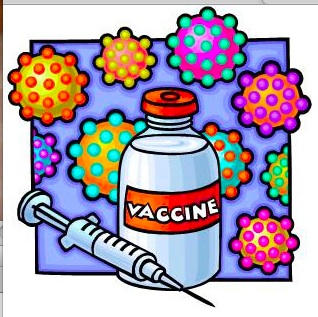How Shifts in Public Policy Impact Economic Opportunities
Alfons Diekmann GmbH, is standing at check-in counter 40 at Imam Khomeini Airport early in the morning, together with 98 other representatives of small and medium-sized companies from Lower Saxony, Germany. They include logistics and waste disposal experts, leading manufacturers of turbofans, plaster products, port cranes, special paints and pumping equipment, dump trucks and reel slitters, and now, at 2:30 a.m., they want the same thing: to get into Iran, at last.
After years of talks, the agreement on the Iranian nuclear program was signed in Vienna on July 14, 2015, paving the way for an end to the embargo against Iran.
These are relatively vague prospects. Nevertheless, when the business owners from Lower Saxony go to breakfast the next morning, they quickly realize that they are not alone.
The various delegations seem to be sizing each other up, eager to determine which competitors are there, who has already established relationships with Iranians and who has quietly taken up positions.
Alfons Diekmann is sitting off to the side. He may have started out as an electrician, but he made an important realization during that time: “Every negative has its positive side.”
The embargo is a case in point, because it made the Iranians realize that not every German product could be replaced with a Chinese replica.
The German businessmen, dubbed “The Mittelstand from Lower-Saxonie” by their Iranian hosts, are taken in busses to the spice bazaar and the “JoJo” brewery, which makes non-alcoholic beer. They also visit a plant that builds Peugeot cars under license. In the meantime, the minister meets with high-level Iranian politicians.
These small and medium-sized business owners from Lower Saxony are just as worldly as tattooed and bearded executives from Silicon Valley, they just happen to wear light-colored socks..
Mammut produces large numbers of trucks, cars and cranes, builds hotels throughout the Persian Gulf region and manufactures telephone systems and precast concrete components. According to Ferdows, half of Dubai was made using parts from his company. In Iran, the embargo kept the competition off Mammut’s back. The delegation is impressed, especially when they look out the window and see workers playing soccer during their lunch break.
The Asians took advantage of the embargo. Their goods are often cheaper than German goods, but they are also not as well made. The business owners take every opportunity to emphasize how special the relationship between Iran and Germany has always been. Goethe treasured the Persian poet Hafiz and wrote a collection of poems called the “West-Eastern Divan.” There is a large Iranian community in Hamburg, and many academics in hospitals and at universities have Iranian names. Many Iranians built their careers at German universities. The story of Germany and Iran is a Romeo-and-Juliet tale, much like Germany’s relationship with Russia: They belong together, but their relationship is forbidden, and yet they yearn for it to be allowed.
Of course there has been trade between Germany and Iran, trade that has included businesses from Lower Saxony. It’s just that containers took a little longer to reach their destination. The shortest distance between two points was no longer a straight line. Reliable partners in China and Dubai were needed. And the money eventually arrived, even if it had to be transported in suitcases.
On the last day of their trip, the members of the delegation receive a message on their smartphones, and for a moment the reality of life in Germany catches up to them. The tageszeitung newspaper has published a story on defense companies from Lower Saxony that have made their way to Tehran. The article points out that the Iranian regime funds Hamas, and that the occasional promising “human resource” is executed by public hanging.
When the subject is broached, people are quick to point out that their consciences are clean — a bit too vehemently for it to be entirely convincing.
By the end of the delegation’s four-day trip, the minister has handed out about a dozen Pelikan fountain pens with the Lower Saxony crest, and he discussed human rights openly. It was a successful trip, and the businessmen from Lower Saxony even managed to make it to Iran before Ilse Aigner and the Bavarians.
The men make one last trip to the bazaar. Now it feels like they’re in Iran again.
Some sense a “German way of thinking” among his contacts. And Prof. Issendorff is still impressed by the “brilliance of these 25-year-old female engineers.” Iran may be the place to go.

